Market Analysis
In-depth Analysis of Dimethyl Ether Market Industry Landscape
In any business sector, regions characterized by high demand potential and limited production capacities present optimal opportunities for market players. Currently, the primary application of Dimethyl ether (DME) in countries facing Liquefied Petroleum Gas (LPG) deficits is in LPG blending. However, with the exception of China, none of these nations possess sufficient capacities to meet their DME demand. While several projects have been announced in countries like Iran, Indonesia, and India, none of them have become operational to date. Even if these projects come to fruition in the near future, the capacity deficit is likely to persist. China stands out as the only nation with ample DME capacity to offset its LPG imports. Although the commencement of the planned plant in Indonesia could significantly reduce imports, it may not completely nullify them due to the demand cap on DME. All other countries are still far from meeting their current and future DME demand.
This scenario creates a substantial opportunity for market players to invest in these countries and establish DME production facilities. By doing so, companies can establish a robust DME presence in these nations, capitalizing on the vast demand potential and limited supply, leading to substantial profit margins.
Beyond its application in LPG blending, DME demonstrates significant potential as a substitute for diesel in conventional engines with a modified fuel injection system. The market potential for DME as a transport fuel is considerable, given the rapid growth in diesel consumption, particularly in the automotive segment. DME boasts a high cetane number and exhibits clean-burning properties with minimal emissions. Burning DME releases 44.0% fewer carbon emissions, achieves a 100.0% reduction in sulfur oxides (SOx), and complies with EURO IV standards without any modifications.
Furthermore, DME serves as an excellent fuel for gas turbines, demonstrating efficiency comparable to gas-fired power generation units with an efficiency range of 39.0% to 40.0% in turbines. Notably, the use of DME in power generation units results in lower CO2 emissions compared to both coal and oil.
The market dynamics for DME are shaped by the significant demand potential in countries facing LPG deficits, coupled with limited production capacities. While LPG blending is the current primary application, the versatility of DME extends to serving as a potential diesel substitute in engines and as a highly efficient gas turbine fuel. Investing in DME production facilities in these high-demand, low-supply regions presents a substantial opportunity for market players to capitalize on the burgeoning demand and realize significant profit margins.

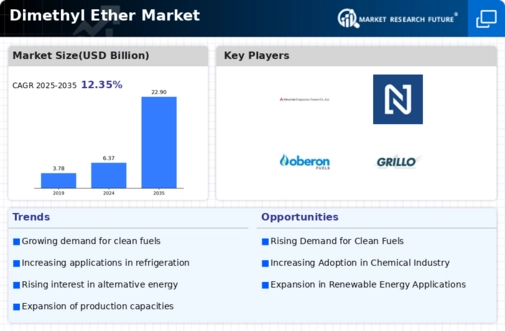
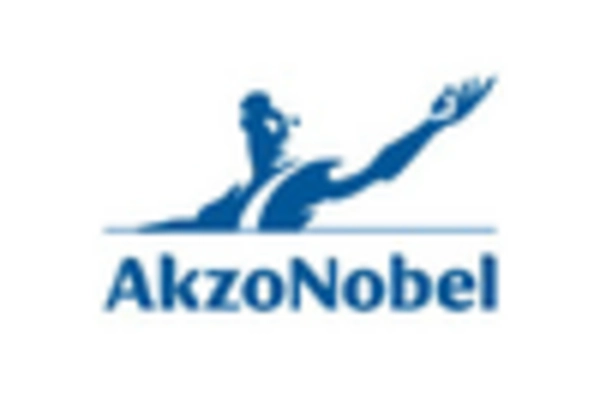
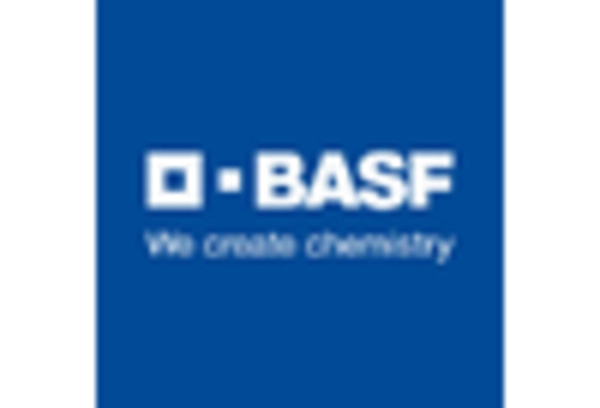
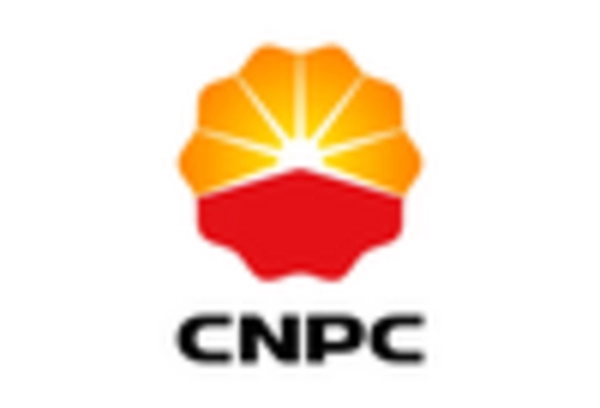
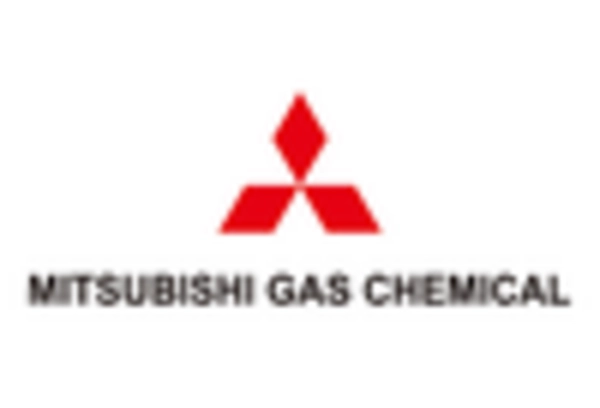
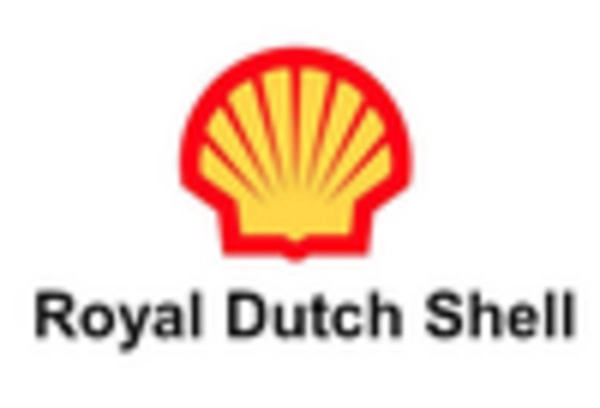
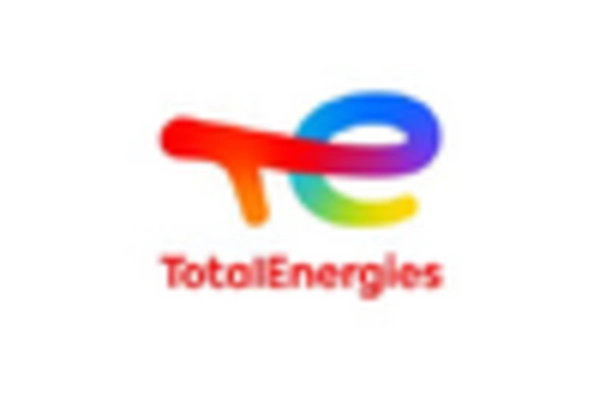









Leave a Comment